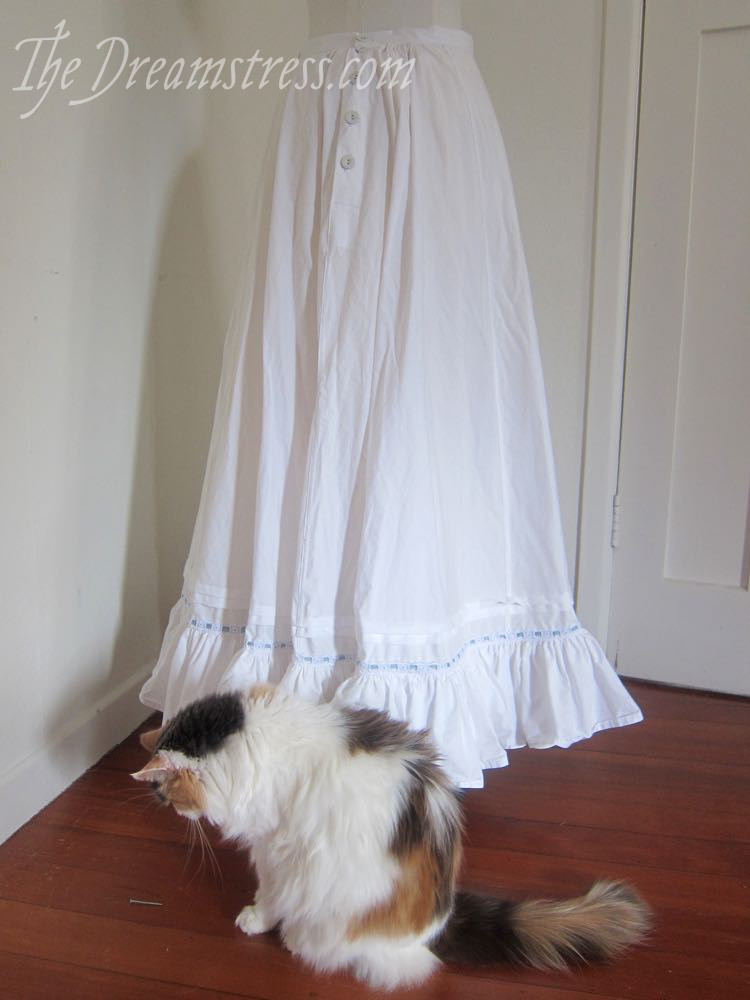The HSM 2016: Challenge #3: Protection
The theme for the March Historical Sew Fortnightly Challenge is Protection: make something to protect yourself (from weather or injury) or your clothes (from soiling etc.). The theme wasn’t my idea (and my apologies, but I can’t find my notes on who suggested it), but as soon as I saw it I thought “what a brilliant idea for a HSM challenge!” Protection, after all, is the ultimate use for clothing. In its most basic form, it exists to protect us from the cold, or to shade us from the sun, to shield our skin in rough conditions, and to provide a barrier against injury in dangerous conditions. Though it’s less common now, throughout much of history we also created garments to protect our clothing itself. So many garments were so expensive in time and cost to create and own that simpler, more economical clothes helped to shield the costlier garments from wear and use. Examples of garments that protect us are cloaks, coats, gloves, hats, scarves and wraps worn for warmth; sunbonnets and large hats …

